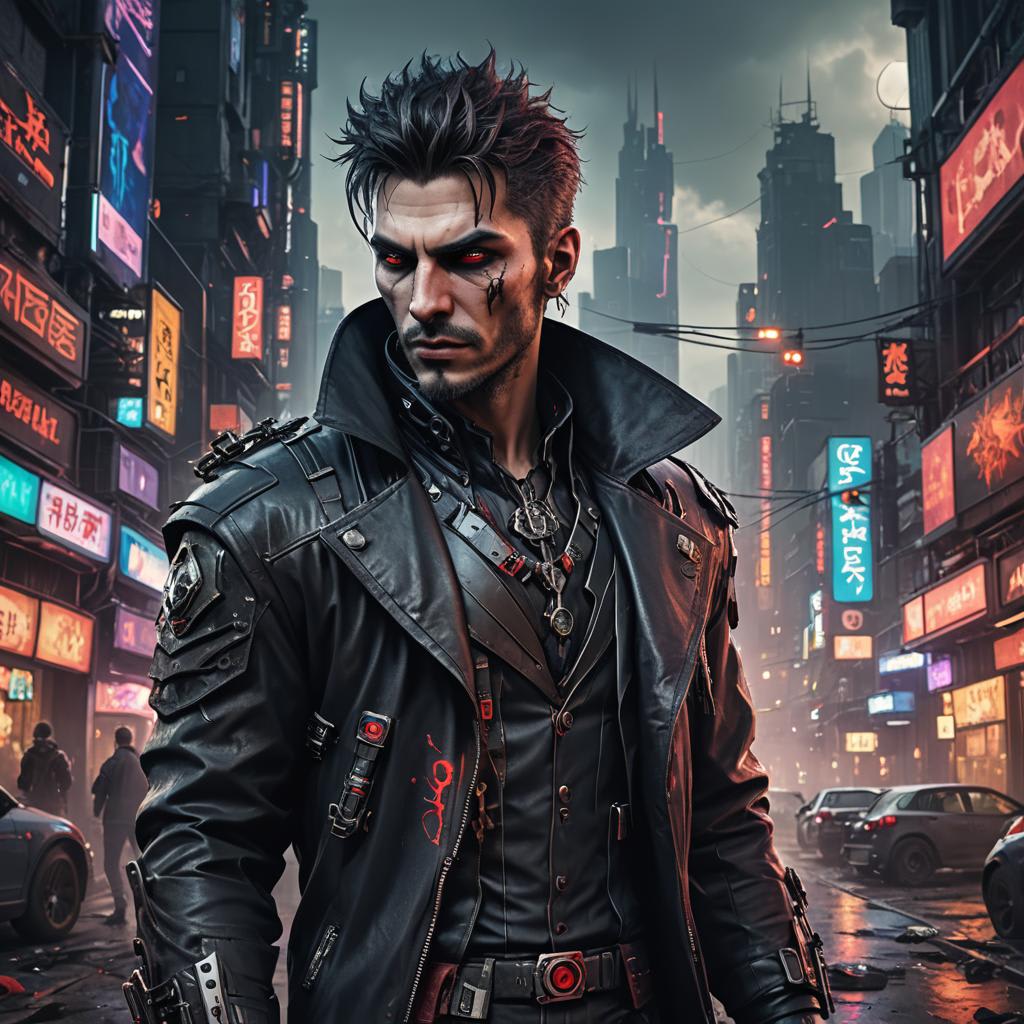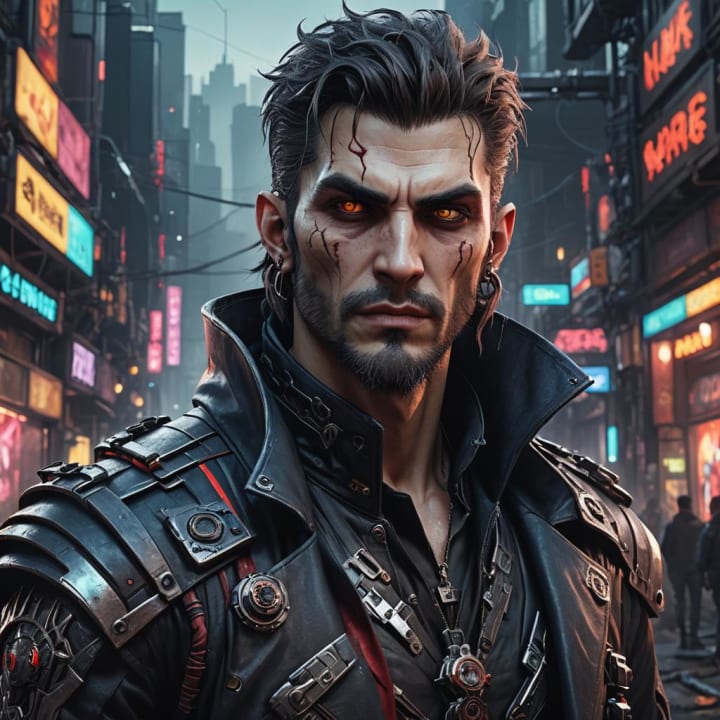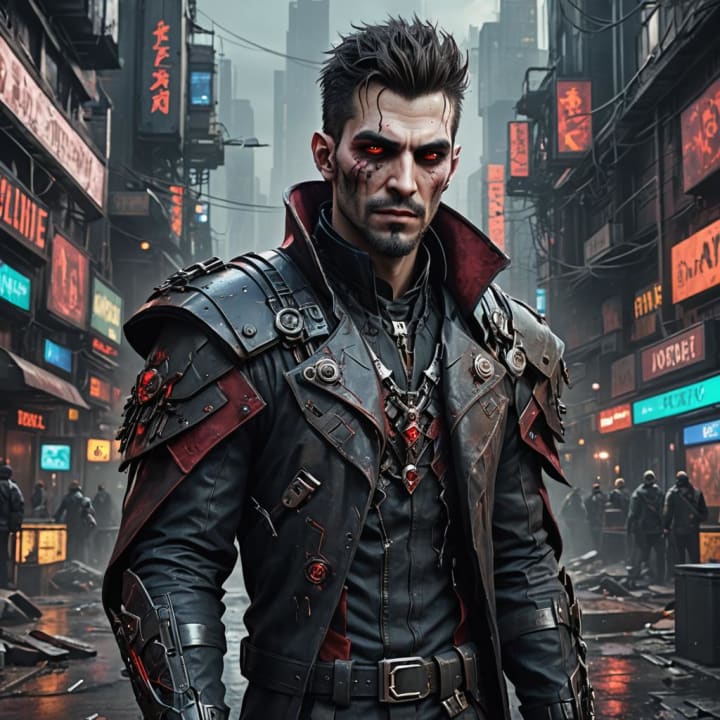The Role of Technology in Urban Fantasy vs. Cyberpunk: A Comparative Analysis
An Urban Fantasy and Cyberpunk Blog Mashup

Urban fantasy and cyberpunk are distinct subgenres uniquely blending science fiction, fantasy, and technology elements. Urban fantasy typically revolves around supernatural creatures and magic in contemporary urban settings, creating a juxtaposition between the fantastical and modern. On the other hand, cyberpunk explores futuristic worlds dominated by advanced technology, often portraying dystopian societies where mega-corporations hold immense power.
What sets these two subgenres apart is their focus on different aspects of technology. While urban fantasy incorporates magical elements to disrupt the ordinary world, cyberpunk delves into the implications of advanced technological advancements on society. Blending these genres offers readers a rich tapestry of possibilities, combining ancient myths with cutting-edge technologies to create narratives that challenge our perceptions of reality and explore complex themes such as identity, power dynamics, and social control. By examining how these genres intersect and diverge in their depiction of technology's role in shaping fictional worlds, we can better understand how they reflect our evolving relationship with technology in the real world.

Technological Elements in Urban Fantasy
In urban fantasy, technology serves as a bridge between the known world and the supernatural realm. It often acts as a tool for both humans and fantastical beings to interact, creating a unique dynamic in storytelling. Unlike cyberpunk, where technology dominates every aspect of society, in urban fantasy, it's more of a subtle presence that enhances the magical elements rather than overpowering them.
Integrating modern technology with ancient magic in urban fantasy settings creates a sense of wonder and intrigue for readers. From enchanted smartphones to mystical hacking abilities, technological elements add complexity to the already intricate supernatural world-building. This blending of tech and magic allows authors to explore themes of adaptation, coexistence, and the blurred boundaries between reality and fantasy within an urban setting, making for compelling narratives that resonate with contemporary audiences looking for escapism within familiar landscapes.
Technological Elements in Cyberpunk
In cyberpunk literature and media, technological elements play a central role in shaping the dystopian and gritty urban landscapes that define the genre. One key aspect is the fusion of human bodies with technology, blurring the lines between man and machine. Cybernetic enhancements, neural implants, and artificial intelligence are prevalent themes that explore the impact of advanced technology on humanity's very essence.
Moreover, cyberpunk often highlights the dark side of technological advancement, portraying corporations as all-powerful entities controlling society through surveillance and manipulation. The omnipresent use of holograms, neon lights, and futuristic gadgets creates an atmosphere of constant monitoring and intrusion into individuals' lives. This depiction is a cautionary tale about the potential consequences of unchecked technological progress in a world driven by corporate greed and authoritarian control.

Themes and Settings in Each Genre
In urban fantasy, themes often revolve around magic coexisting with the modern world, blurring the lines between reality and mythology. Settings are typically urban environments with hidden magical elements lurking beneath the surface. These settings amplify the sense of mystery and intrigue, creating a juxtaposition between the mundane and fantastical. Urban fantasy allows readers to escape into a world where anything is possible by exploring themes of power, destiny, and otherworldly forces within familiar cityscapes.
On the other hand, cyberpunk delves into themes centered around technology's impact on society, often portraying dystopian futures dominated by advanced tech and corporate control. The settings in cyberpunk are gritty metropolises filled with neon lights, cybernetic enhancements, and oppressive surveillance systems. Through these environments, cyberpunk challenges readers to confront questions about identity, privacy, and the consequences of unchecked technological progress. Cyberpunk invites reflection on our relationship with technology and its potential repercussions on humanity by immersing audiences in dark and foreboding cityscapes teeming with high-tech gadgets and moral ambiguity.

Impact of Technology on Worldbuilding
When exploring the impact of technology on worldbuilding in urban fantasy and cyberpunk genres, it becomes evident that technology serves as a crucial tool for shaping the narrative and setting. In urban fantasy, technology often bridges the magical and mundane aspects of the world. It enhances the world by integrating fantastical elements with modern advancements, creating a blend of old and new that adds richness to the story’s universe.
On the other hand, in cyberpunk worlds, technology takes center stage as a force that not only shapes society but also reflects its darkest aspects. Incorporating advanced technologies, such as artificial intelligence and cybernetic enhancements, allows exploring complex themes like transhumanism and corporate control. These technological elements are pivotal in constructing dystopian landscapes that feel familiar and unsettling to readers.
Overall, whether used to evoke wonder or instill dread, technology is a powerful tool in crafting immersive worlds that captivate audiences across different genres like urban fantasy and cyberpunk. By leveraging technological innovations within their narratives, storytellers can create intricate settings that resonate with readers while offering fresh insights into contemporary societal issues.

Characterization and Use of Technology
Technology often serves as a tool to enhance the mystical elements and otherworldly creatures that populate the narrative landscape. Characters in urban fantasy settings may wield smartphones infused with magical abilities or interact with sentient AI companions that blur the line between magic and science. The juxtaposition of ancient mythology and cutting-edge technology allows authors to explore themes of tradition versus progress, creating rich character dynamics where individuals must navigate both the supernatural and technological realms.
Conversely, cyberpunk narratives take a more dystopian approach to technology, portraying it as a double-edged sword that brings power and oppression. Characters in cyberpunk stories are often augmented with advanced cybernetic enhancements or struggle against totalitarian regimes controlled by artificial intelligence. The use of technology in cyberpunk reflects societal fears about unchecked technological advancement, highlighting how characters must grapple with their humanity in a world dominated by machines.
Synthesis and Key Differences
The synthesis of technology in urban fantasy and cyberpunk genres highlights the divergent approaches to portraying futuristic societies. While urban fantasy often emphasizes a blend of magic and technology within contemporary settings, cyberpunk focuses on dystopian worlds shaped by advanced technologies and corporate control. The critical difference lies in the underlying themes: urban fantasy tends to explore personal relationships and magical elements amidst modernity, whereas cyberpunk delves into systemic issues like surveillance, artificial intelligence, and societal fragmentation.
Moreover, the aesthetic distinctions between these genres play a crucial role in shaping their narratives. Urban fantasy typically incorporates mythical creatures, supernatural elements, and fantastical landscapes to create a sense of mystery and wonder. In contrast, cyberpunk relies on neon-lit cityscapes, gritty atmospheres, and high-tech gadgets to evoke a sense of industrialized chaos. By understanding these key differences and synthesizing their unique qualities, readers can appreciate the nuanced ways technology is integrated into storytelling within urban fantasy and cyberpunk realms.
Thank you for reading my blog post. If you followed the captions in the images, leave a comment or like. Also, subscribe to my Substack to get a first look at chapters from my upcoming releases. Stalk me on social media as well!
About the Creator
Matthew Angelo
I am a traditional and self-published author and content/copywriter. I write in many genres like fantasy, urban fantasy, horror, cyberpunk, grimdark, romance and science fiction.






Comments
There are no comments for this story
Be the first to respond and start the conversation.